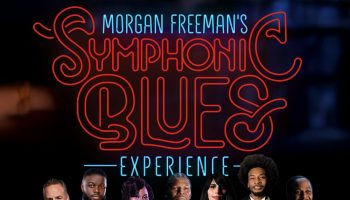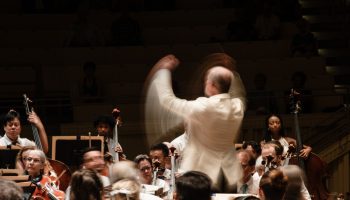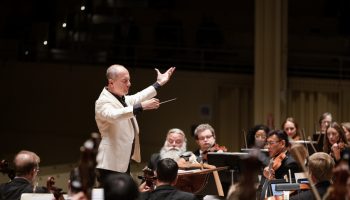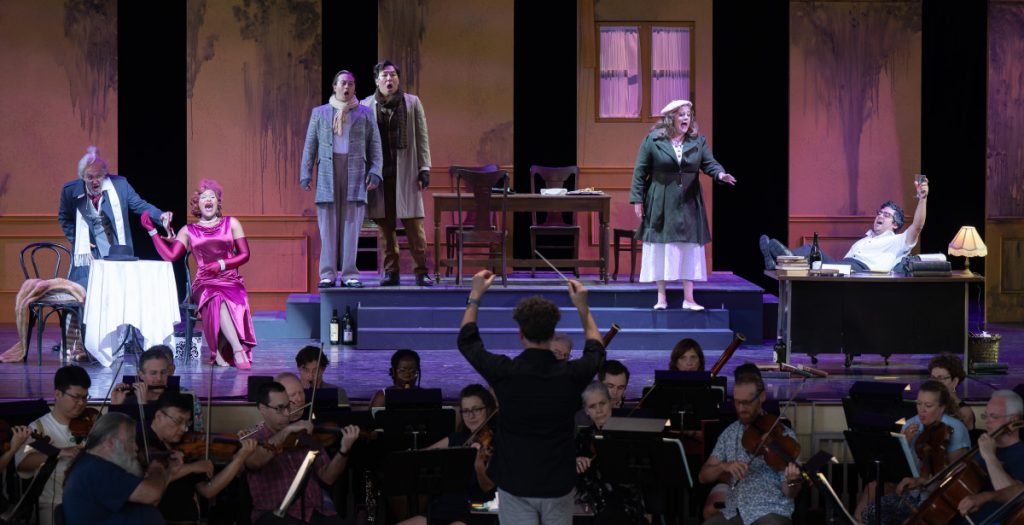
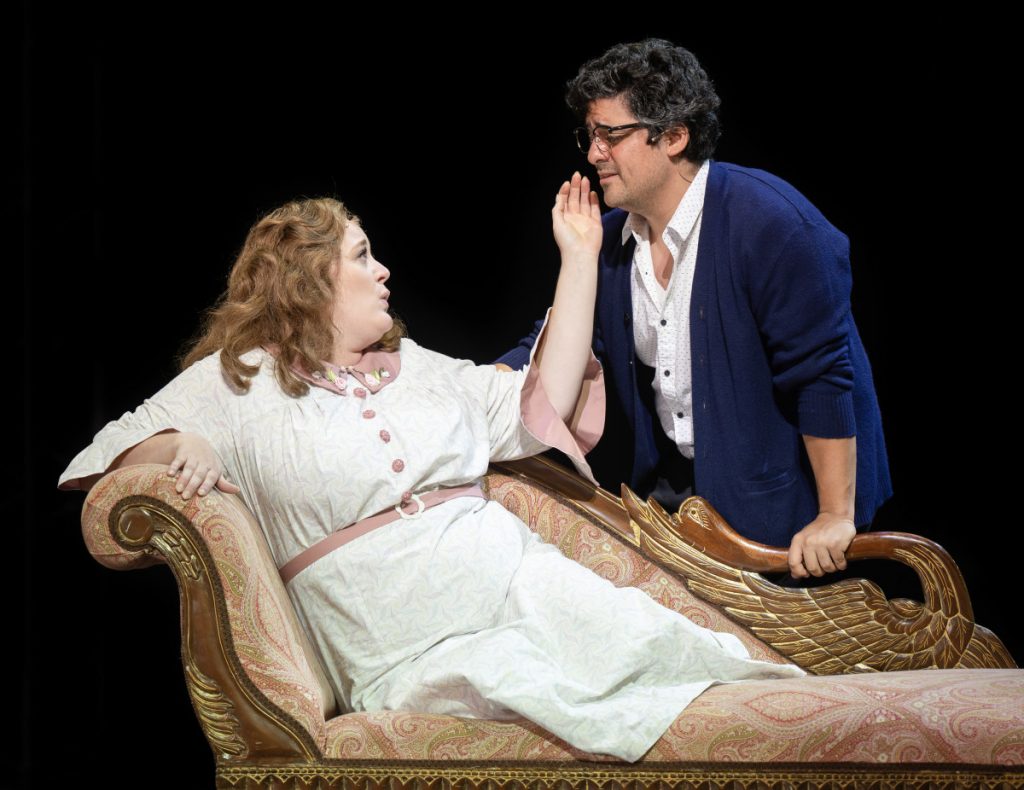
Liz DeLillo
Staff Writer
Scènes de la vie de bohème (Scenes of Bohemian Life) by Henri Murger has provided theatrical inspiration for centuries. In 1896, Giacomo Puccini used the book as inspiration for his opera La bohème, and 100 years later, using the same text as inspiration, Jonathan Larson wrote the musical Rent.
In its only full-length production this season, the Chautauqua Opera Company will present La bohème at 8:15 p.m. tonight at the Amphitheater.
The production stars Chautauqua Opera’s Apprentice Artists, with Cara Bender as Mimì, Victoria Lawal as Musetta, Eric Botto as Rodolfo, Joel Balzun as Marcello, Erik Tofte as Schaunard, Seoyong Lee as Colline and Robert Feng as Benoît and Alcindoro.
The Studio Artists and one Apprentice Artist will comprise the chorus, including Kathiana Dargenson, Emily Finke, Lwazi Hlati, Joel Clemens, Rosamund Dyer, Lindsey Weissman, Chuanyuan Liu, Carlos Ahrens and Antonio Domino.
“It’s featuring our Young Artists, (and) for many of them, it’s their first chance to sing big roles — these specific roles in a classic,” said General and Artistic Director Steven Osgood said. “Some of them, if they’ve sung the role before, it hasn’t been with a full orchestra — so this is a unique career opportunity for the singers who are singing the principal roles.”
Osgood is the conductor for La bohème, and Keturah Stickann is the stage director. Stickann is no stranger to Chautauqua Opera, having worked on the companies productions of The Mother of Us All, L’Orfeo and last summer’s Hansel and Gretel. Prior to her directing work, Stickann was a professional dancer and known for originating the role of the gazelle in Zandra Rhodes’ 2004 production of The Pearl Fishers.
Stickann is a director and choreographer for operas both new and old; notably, she’s been involved in Jake Heggie and Gene Scheer’s Moby-Dick from its world premiere in 2010 with Dallas Opera, to its run at the Metropolitan Opera in March of this year.
For La bohème, even though it first debuted over 100 years ago, Stickann feels that modern audiences can still resonate with the tale’s message.
“It’s a timeless story. It’s a story of love and death, young love and grappling with death at a young age, and a group of friends that are just trying to make it in the world without having money and status,” Stickann said. “I think that it’s all things that we still deal with today, so it lends itself to today’s world in the same way that it would have in its own time.”
From opera aficionados to newbies, La bohème is a timeless story and is representative of the verismo operatic tradition, which emphasizes realism in portraying the world.
“It really is a perfect first opera: the music is glorious (and) it’s very tuneful,” Stickann said. “It’s also tunes that, even if you haven’t been into opera, I can guarantee you’ve heard some of them — they’ve just been in the air, they’re in commercials, they’re in soundtracks. You’ll recognize the music.”
The Italian classic’s framing has a slight twist in this production — not just the lens through which the opera is framed, but in the chamber chorus bringing the characters to life.
The result is an intimate performance that is chamber in scale but with all the power and grandeur of La bohème in its emotional impact. He emphasized that, although some elements of the opera’s framing are new, it is still La bohème with its same beloved score.
“La bohème is usually a big splashy production, and so in order to do it with a company of 16 singers requires some imagination, and that’s what Keturah Stickann, our director, has really poured into this,” Osgood said.
This La bohème incorporates a staging concept Stickann first used in 2020.
“I’ve done this concept (before, and) I’ve put on bohème four times, and then I’ve assisted bohème twice,” Stickann said. “So this is my sixth bohème, and I never get tired of it.”
The twist in this rendition was born out of specific staging requirements vocal productions faced amidst the pandemic.
“I had to think about, how do I tell this love story? How do I tell this story of La bohème if no one can touch each other?” Stickann said. “I started thinking about the fact that Henri Murger, who wrote the original Scènes de la vie de bohème (Scenes of Bohemian Life), he was writing essentially using himself as the protagonist and writing about his friends — and so I thought, well, what if
we set the scene 15 years in the future?”
Because opera is an artform highlighting vocals and emotions, they had to find a way to preserve those expressive elements with adequate distance between the singers. With the San Diego Opera, Stickann directed The Drive-In La bohème, where audience members listen through their car radios, as is customary at drive-in movie theaters.
“Our production is set in the 1950s with Rodolfo, but when we see his memories, they’re set in the 1930s — so we’ve got the war in between, which puts a whole other perspective on what Rodolfo may have gone through,” Stickann said.
Stickann was surprised that, when they first reimagined La bohème through this concept in 2020, they did not have to change much at all.
“The concept works quite well, and we don’t change a word — we don’t change a thing. We tell the story exactly as we would tell the story; the only difference is that we’re in Rodolfo’s apartment the entire time, and he can’t touch anybody because none of them are real,” Stickann said. “But otherwise, if you come to see La bohème, you will experience the story the way the story is told. We’re just framing it in a slightly different way.”
In a final note on the plausibility of singing opera with tuberculosis, Stickann reminds us what the heart of the artform is all about.
“In the most glorious of ways, opera is not realistic, and it’s why we do operas,” Stickann said. “When you have emotions that are so heavy that you can’t speak about them, there’s nothing to do but to sing about them.”


